-
Posts
1,147 -
Joined
-
Last visited
-
Days Won
12
Content Type
Profiles
Forums
Blogs
Gallery
Events
Store
Posts posted by Elmar Lang
-
-
...Colonel Classe also had the Kampforden in Bronze and Silver... and many, further awards...
0 -
-
Hello,
following to the discussion about the Polish war order awarded to Rumanian soldiers, I would like to add a further cross, present in my collection.
This one, belonged to a French officer: Pierre Desire Robert Didio.
A detailed biography of him, can be found here: https://wikimaginot.eu/V70_glossaire_detail.php?id=1000561 where we see that he participated to the battle of Verdun as a captain and distinguished himself in that fierce battle.
From the summer of 1919, until 1927 he saw service in Poland, with the French Military Mission.
On June 22nd, 1922, he received the V Class of the Virtuti Militari.
In December 1937, he was promoted Brigadier General, Commander of the Bordeaux base; later of an Alpine Infantry brigade.
In 1940, he distinguished himself in the unfortunate war against Germany, was taken prisoner and repatriated in France in 1942(!)...
An interesting career indeed.
The cross is made of silver, with separately-made obverse and reverse centre medallions, these, made of gold. The number is engraved and the ribbon is of the frail, "swiss" type.
Best wishes,
Enzo
0 -
I would like to add the picture of the presentation case with which the Military Attaché offered to my father the EK-I and EK-II, and a detail of the reverse of the 1st Class cross.
I think that the case was prepared in Rome, on behalf of the German Embassy's administration.
Further, a picture of my father's medal bar (the Silver "Al Valore Militare" medal, is a named duplicate).
All the best,
Enzo
1 -
Hello,
as a matter of interest,
I would like to post the images of the "Vaterländische Verdienstorden" in Silver and Bronze, with their award documents, from the group of orders and decorations of Colonel Eugen Classe, a former high ranking officer of the Ministry for State Security (MfS).
The Bronze badge, shows the typical difference to the suspension bar's loop, from the later model.
All the best,
Enzo (E.L.)
0 -
Hello,
the medal shown above, is not an "Al Valore MIlitare" (For Military Valour) medal, but a "Al Valore di Marina" (For Naval Valour) one.
The Al Valore Militare medals were awarded to military of any ranks, as a reward for acts of valour displayed in combat or in military operations.
The Al Valore di Marina, actually was a medal to reward lifesaving at sea, at risk of one's life.
The fact involving the vessel "Aquila" in the low-Adriatic sea, is well-known, probably awarded to a sailor who saved other men after the Aquila was hit by the direct fire of an austrian ship, being severely damaged and immobilized, with loss of lives.
All the best,
Enzo (E.L.)
0 -
-
Hello,
to find any detail about the Castelfidardo medal and its variations, I think the best should be reading the pages about this medal, in A. Brambilla's book (2nd edition) on the decorations and medals of Italy and the former Italian States.
It's the most documented and updated source on this subject.
Best wishes,
E.L.
0 -
Hello,
I have to give an update: sorry to say, I've just received news from the Gunzenhausen's show's organization, that the event was cancelled, due to the current, sanitary situation.
Let's hope that things would improve soon...
All the best,
Enzo (E.L.)
0 -
Dear Paul,
thank you for the reply.
Yes, the "specimen" engraving, surely indicates those purposes.
All the best,
Enzo
0 -
It wasn't a "late award". Actually, the regular award took place, as said, on May 31st, 1942, as a reward for the action that took place on the previous day.
My late father, was an italian artillery officer, who fought in Northern Africa as a commander of an AA/AT battery.
He was taken prisoner on July 3rd, 1942 at Alam Nayil, close to the Qattara Depression. After the war, he remained in the army until his retirement in 1976.
When in 1957 the German military awards have been legalized, he immediately asked for the confirmation of his EK1, but his superiors stopped the advancement of his request, because "no nazi award could be authorized for wear!".
Years passed and while being with the rank of full colonel, his commander found correct to forward the request that my father tried once more to advance through the hierarchy.
In 1970, the German Government, having found archival evidence of the award, sent the "Ersatzurkunde" and, a while later, the German Military Attaché, during a little ceremony, consigned a case, containing the 1957-type 1st and 2nd Class crosses.
0 -
Hello,
I will have my table in Gunzenhausen as well, and I'll be glad to shake hands (is that still authorized?) or just say hello to fellow collectors.
Let's hope that everything would go smoothly with this epidemic...
All the best,
Enzo (E.L.)
0 -
Hello,
I think I'm in the right mood to get into troubles (in the US, at least).
After the two early MOHs, one non-engraved and one to a 27th Maine soldier; I've added a third one, also of the early type, but its reverse is nicely engraved with "Specimen", done in a fine, cursive font.
What where such specimens intended for?
Any further info, would be most appreciated.
Many thanks in advance,
Enzo (E.L.)
0 -
Hello,
this 1st class cross is identical in any detail, to the piece presented along with the 2nd class, by the German Military Attaché to my father in 1970, when the Federal Republic confirmed the award of the First Class for the act of bravery done on May 30th 1942, Northern Africa, Bir el-Aslagh. The original conferment happened on May 31st, 1942.
Best,
E.L.
0 -
Curiously to say, in the "Virtuti Militari" dept. of my collection, I have the 5th Class Cross no. 9732, awarded to 2nd Lt. Ignat Iliescu (Romanian Army), on February 27th, 1922.
1 -
I do agree with Sascha's statement.
Enzo (E.L.)
0 -
I agree it's written "Großpapa".
I'm 62 and Italian, but I thank my parents, both fluent in German, for having taught me the Kurrentschrift (aka "Sütterlin" in a later form), when I was a young boy...
0 -
You're welcome. I'm glad if I've been of any help.
Since the 1st class is very hard to find, a nice 2nd class cross would be a nice addition to any collection.
The price for a Geistliches Verdienstkreuz 2. Klasse, although not cheap, is usually lower than its actual rarity.
Best wishes,
Enzo (E.L.)
0 -
Hello,
I've also read the reports about that...
"Nothing new under the sun", though. Let's never forget what happened in Germany...
0 -
On 13/08/2020 at 08:26, 1812 Overture said:
Hello,
I've better examined the picture of this "Geistliches Verdienstkreuz I Klasse" and, after having enlarged the image enough, I can say, without doubt, that this piece comes from a batch of copies appeared in the early 2000s.
At first, they've been sold as "pre-1918 private purchase pieces" or, with the hilarious descriprion as pre-1918 "Spangenstück". Soon, it became clear that they came from the workshop of a now late, german faker.
Best wishes,
E.L.
0 -
Hello,
I need to thank Sandro for having told me about this discussion.
Lately, I'm often away and without the necessary time to talk about Austro-Hungarian awards.
The piece shown is a 2nd type, 2nd Class "Geistliches Verdienstkreuz" or "Piis Meritis" cross, made by Messrs. Mayer's Söhne of Vienna, that at a certain moment was gilt and fitted with white enameled centre medallions, to look like a 1st Class cross.
The 1st Class cross, that is an extremely rare (if not scarce) decoration, was awarded in gold only and never in any gilt version, unless privately acquired.
So, the piece shown in the provided pictures has to be considered as an unofficial, or privately-made/purchased piece, where it's impossible to say where and when it was made.
In my opinion, it would be much better to look for a silver (hallmarked or not) 2nd Class cross, that would certainly be an original, award piece, whose price is usually much cheaper than its real rarity.
All the best,
Enzo (E.L.)
0 -
Hello,
The French state mint, didn't produce the Sardinian/Italian "Al Valore Militare" medal.
It is known, that French, private firms, produced this medal to provide those eligible to wear it, in more or less fine quality and different diameter.
The French-made medals, usually have the "Guerre d'Italie" inscription, struck instead being engraved.
Best wishes,
E. L.
0 -
Hello,
an interesting contrubution indeed.
Perhaps, Messrs. Cravanzola used something "off the shelf" to satisfy the request of Burkina Faso's government.
Has the item displayed on ebay been sold already?
All the best,
Enzo (E.L.)
0 -
Hello Igor,
here: https://en.wikipedia.org/wiki/Schlaraffia you can have a general idea of the "Schlaraffen" movement.
In the german-speaking world there was an active collecting of insignia and badges of this association.
All the best,
Enzo (E.L.)
0




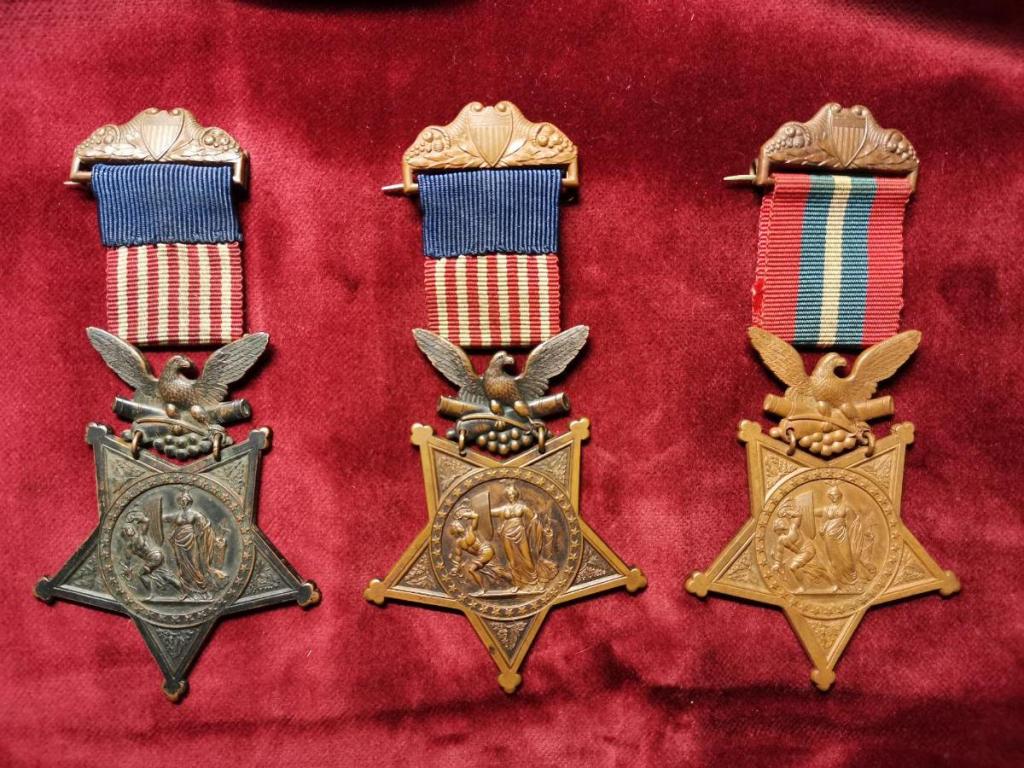
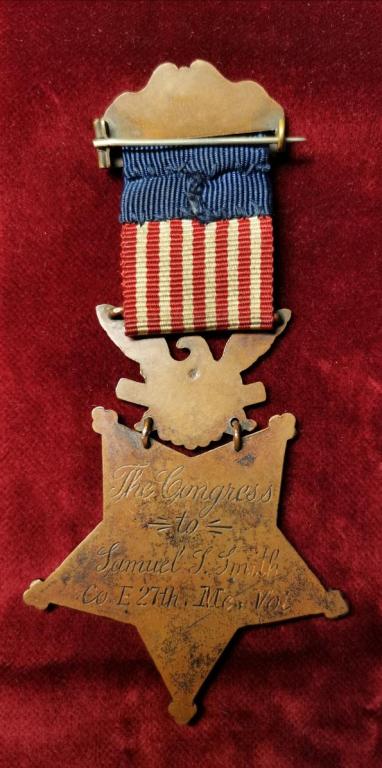
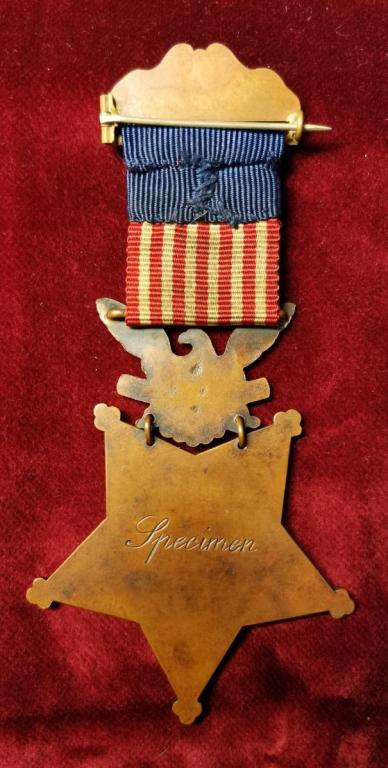
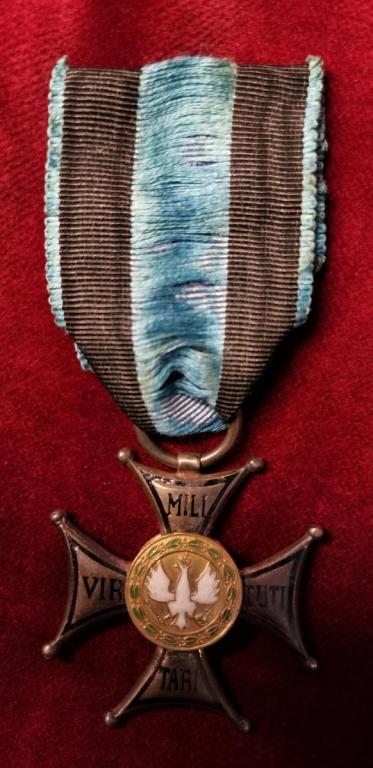
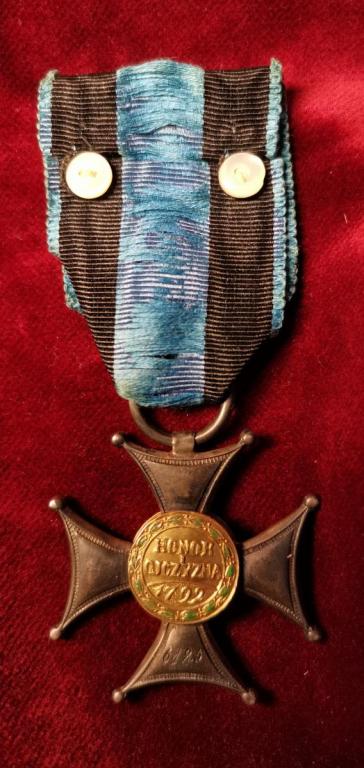
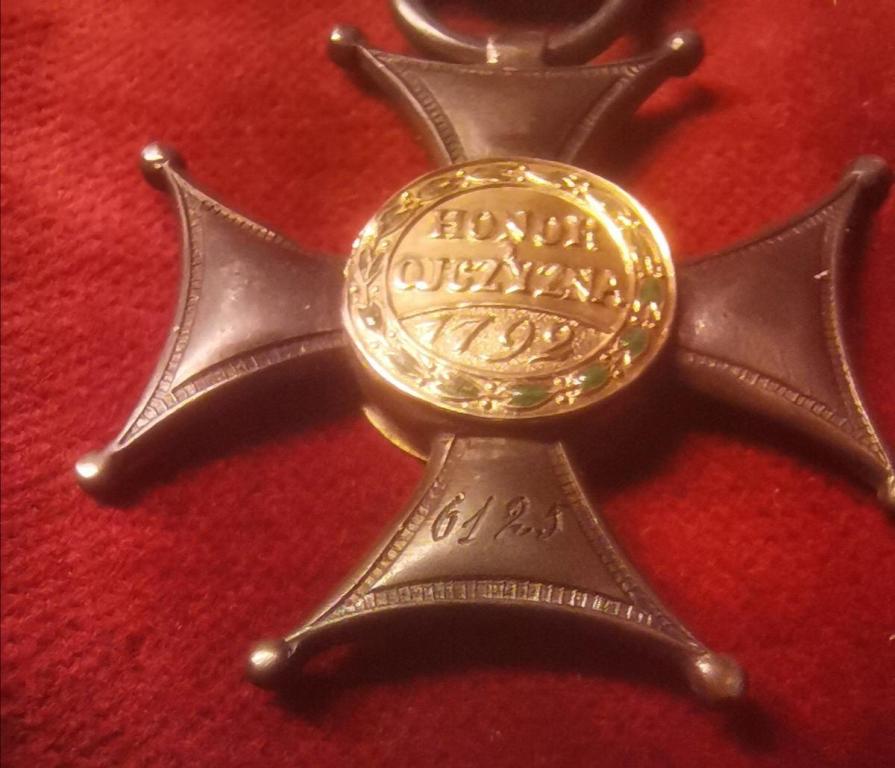
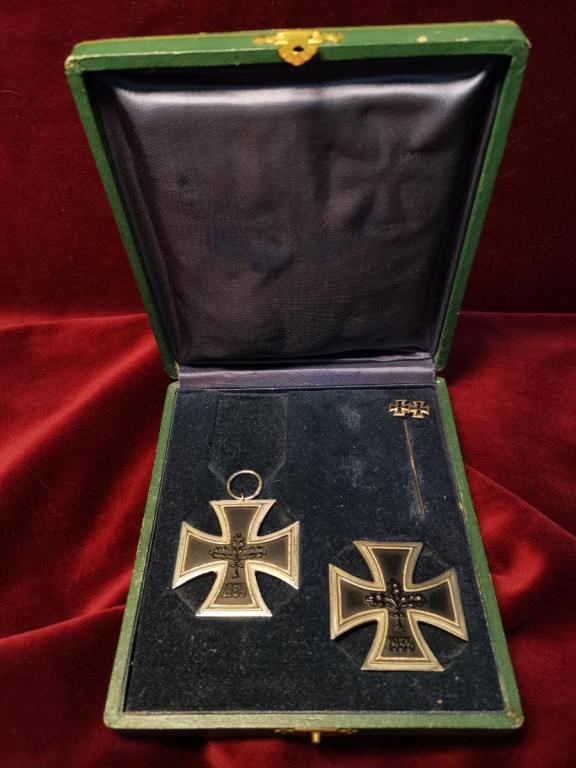
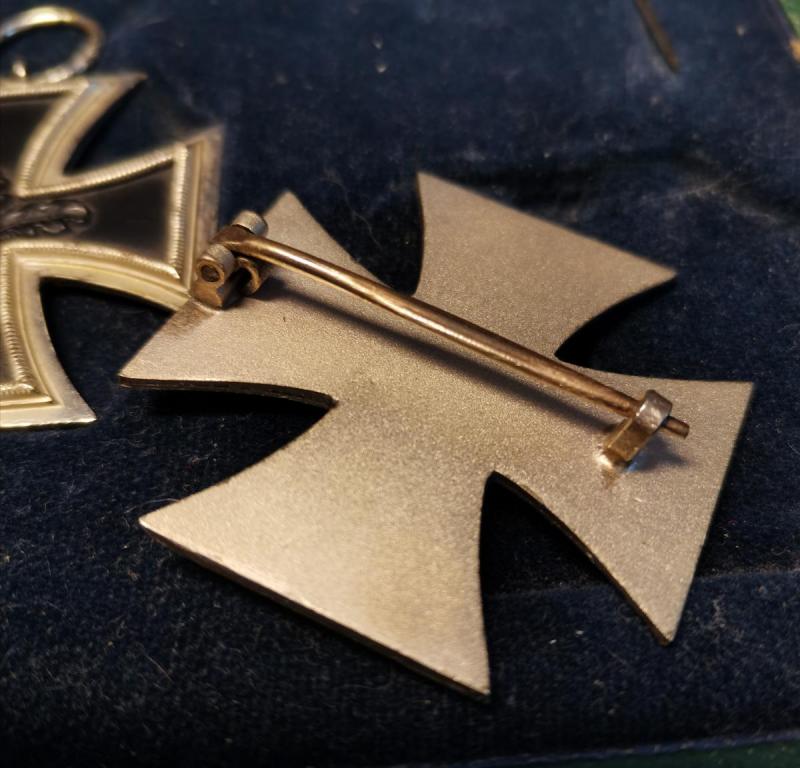
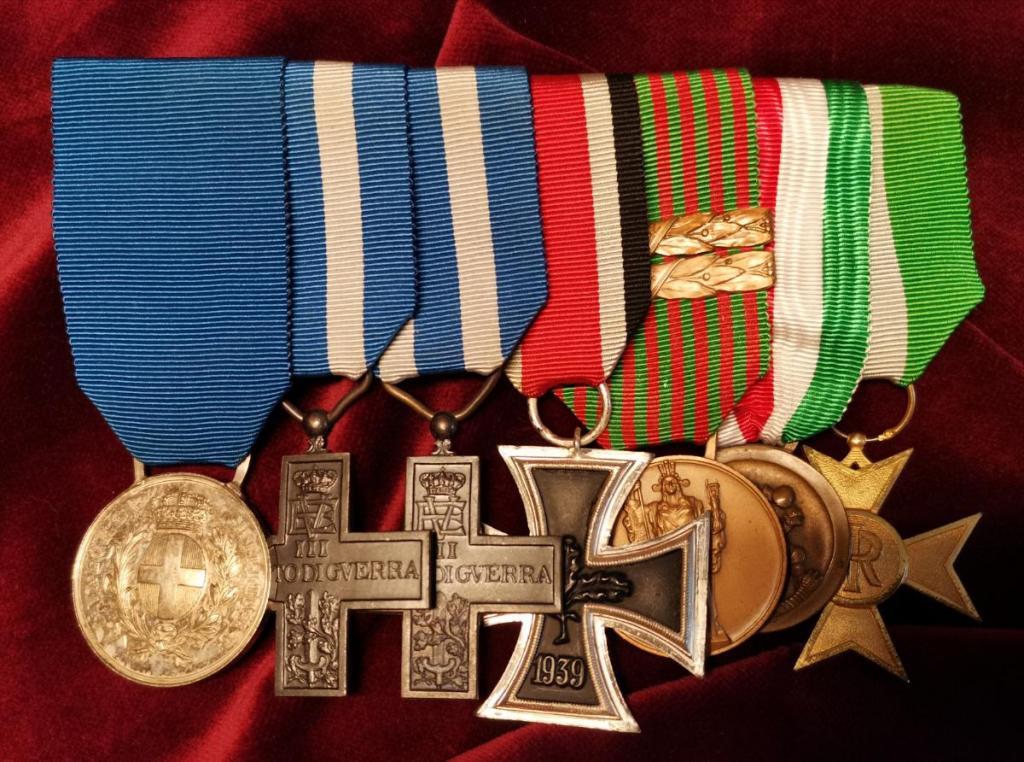
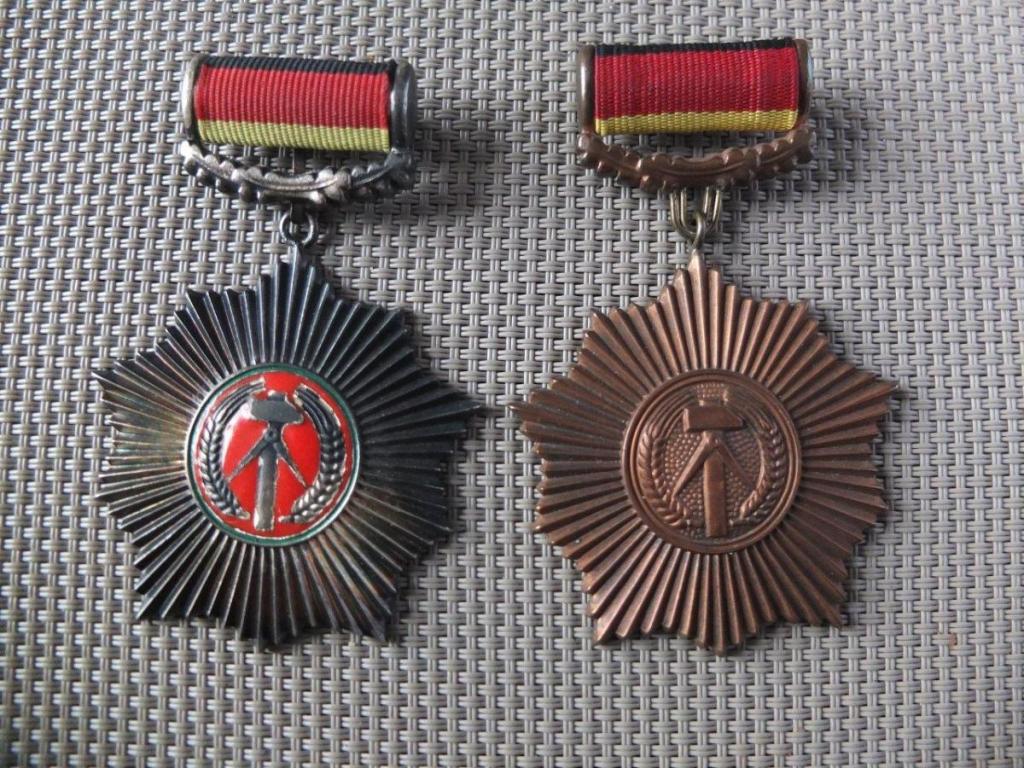
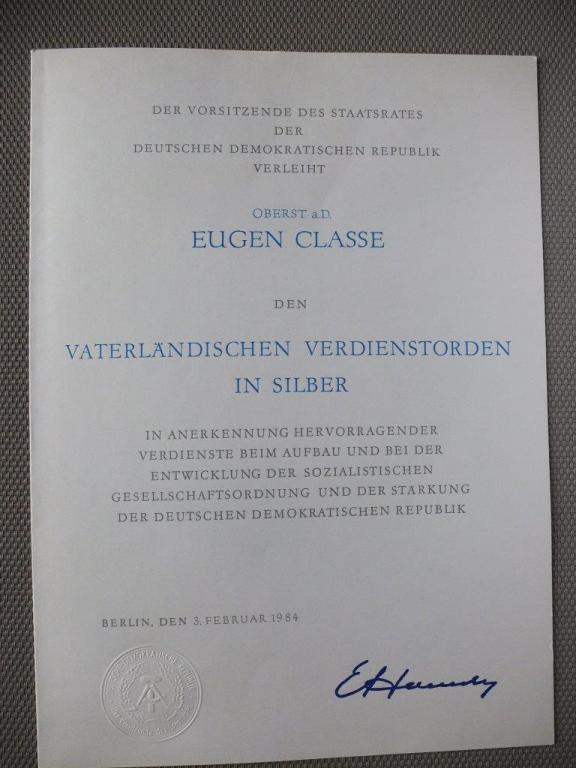
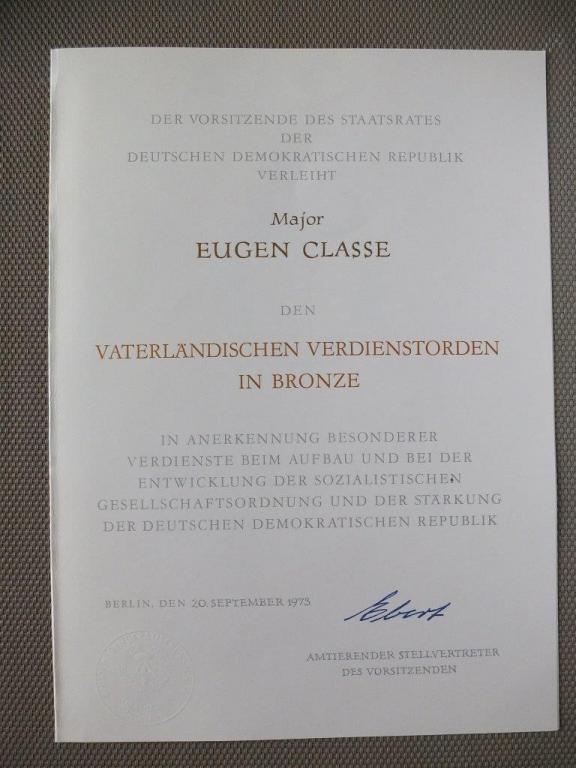

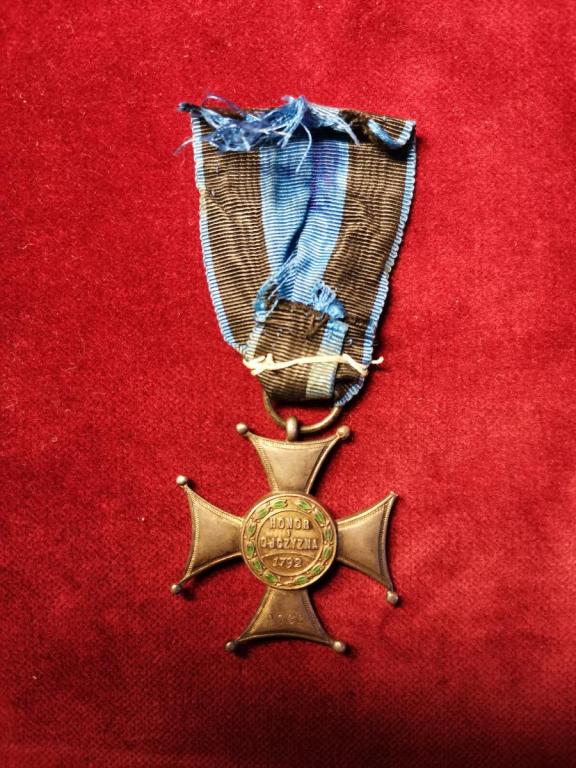
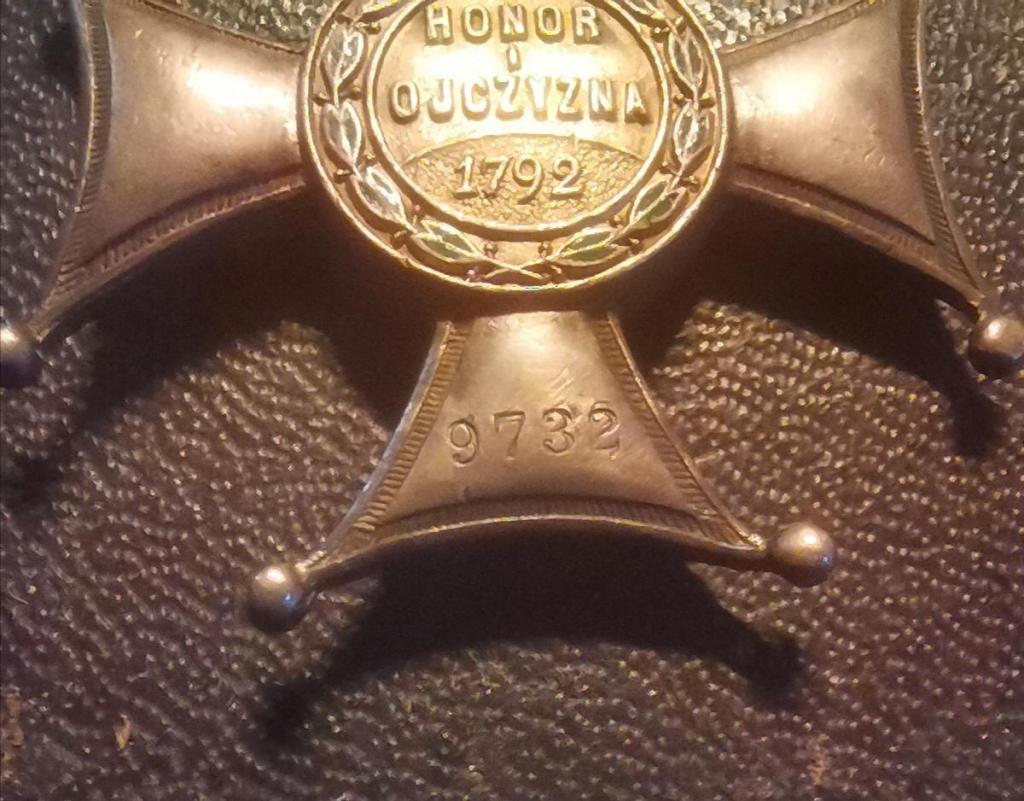
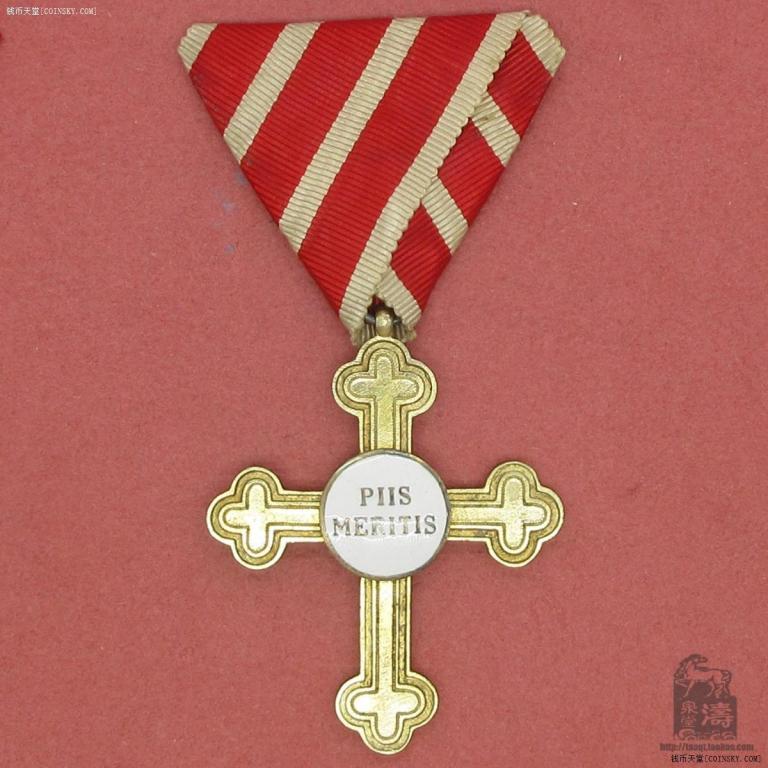
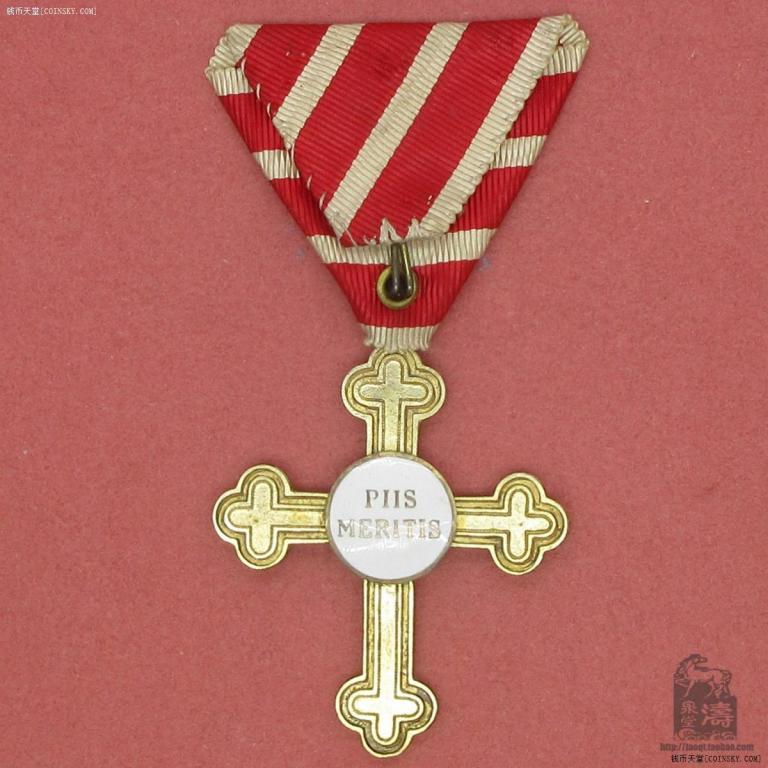
EK1 1939 version 1957
in Germany: Post 1945: Bundesrepublik & DDR
Posted · Edited by Elmar Lang
To complete my contribution to this interesting thread, I would like to add a portrait of my father in full-dress, taken early in 1975 when, as a Major General, he received the Commander's Cross of the Merit Order of the Republic.
He is wearing the above pictured medal bar and EK-I.
All the best,
Enzo (E.L.)